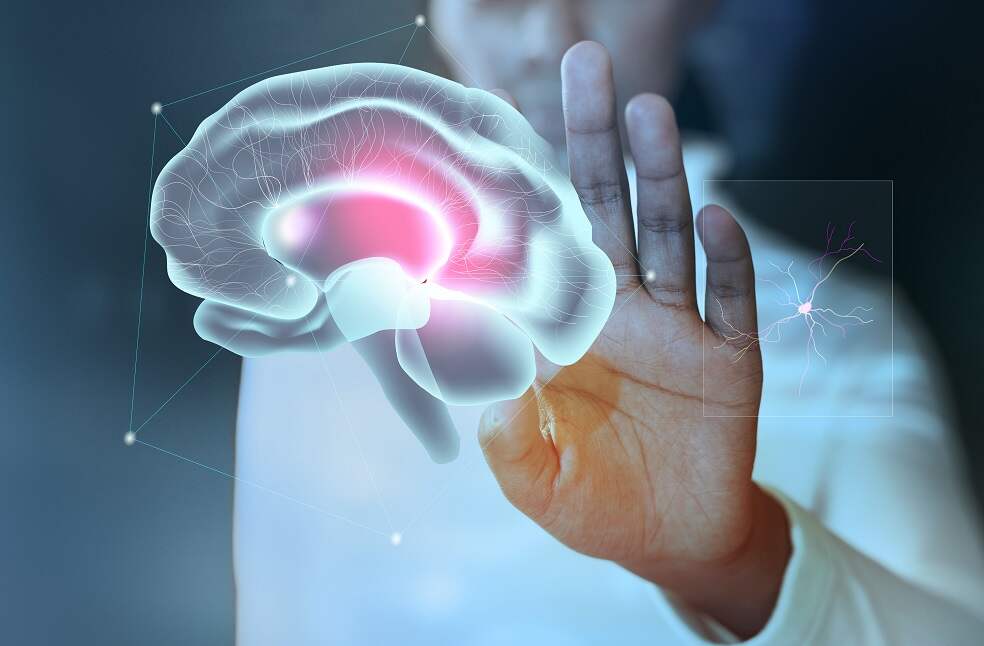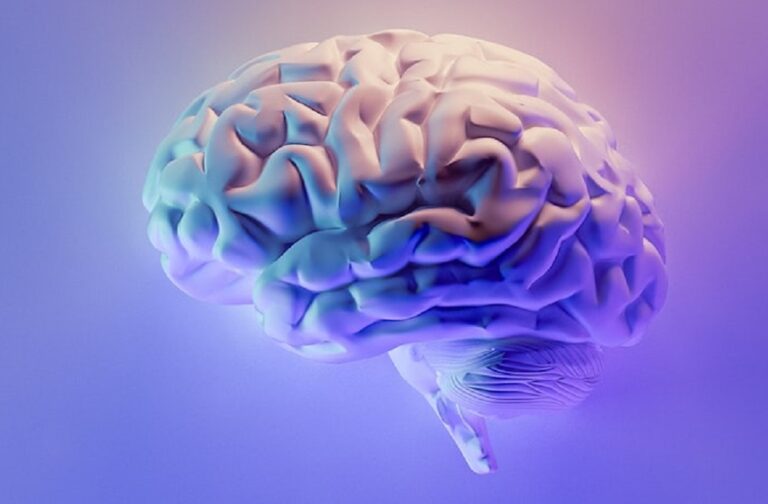United States: A team led by engineer Feng Guo of Indiana University Bloomington has built a hybrid biocomputer that can perform tasks like voice recognition by fusing traditional circuitry with human brain tissue grown in a lab.
Although the accuracy was marginally lower than that of an artificial intelligence-powered pure hardware computer, the research represents a significant first step towards a novel kind of computer architecture.
It uses brain organoids, which are collections of human cells that mimic tissue and are used in research to simulate organs. Organoids are derived from stem cells that can differentiate into various cell types. Here, they were transformed into neurons that resemble those in our brains.

According to study co-author, Mr. Feng Guo, a bioengineer at the University of Indiana in Bloomington, Indiana, the goal of the research is to create “a bridge between AI and organoids.” Both AI and the brain rely on passing signals around a web of interconnected nodes, known as a neural network. “We wanted to ask the question of whether we can leverage the biological neural network within the brain organoid for computing,” Mr. Guo remarked.
A single organoid is placed onto a plate with thousands of electrodes to create the Brainoware system, which links the brain to electrical circuits. Next, they convert the desired data into an electric pulse sequence and send it to the organoid. A sensor detects the response from the brain tissue, and a machine-learning algorithm that can recognize the information it pertains to uses that data to “decode” the response.

“It may be decades before general biocomputing systems can be created, but this research is likely to generate foundational insights into the mechanisms of learning, neural development and the cognitive implications of neurodegenerative diseases,” Ms. Lena Smirnova, a developmental neuroscientist at John Hopkins University in Baltimore, Maryland remarked.
Mr. Guo states that further research into whether and how brain organoids can be modified to perform more complex tasks, as well as engineering them to be more stable and dependable, is necessary to expand Brainoware’s capabilities. This is essential if they are to be integrated into the silicon microchips currently utilized in AI computing, Mr. Guo added.



